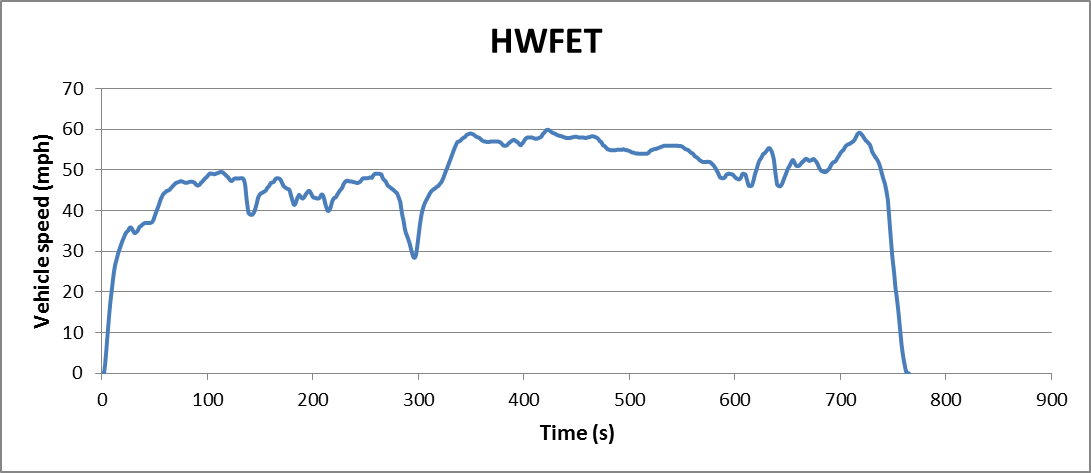rEVhappy
Goldmember
It'd help me understand your point if you could be specific and argue how each individual component would scale instead. I agree there is a case to be made that some parameters will rather scale with the cube-square root instead. That's 85% instead of 80%. Total power draw would then become 3332W + 2820W + 4100W. That puts us at 64kWh before brick protection. But I took a very large brick protection : 9kWh (more than the current 85 model S) partially to offset this low ball number. 6kWh is an equally likely reserve so I think my numbers in the end up hold up pretty well.
I am looking forward to your model.
Your assumption that a 20% reduction in volume will correspond to a 20% reduction in weight, which will then correspond to a 20% reduction in rolling resistance, power draw from components like AC, battery cooling, etc doesn't quite work out so cleanly in the real world. If there were a bigger sample size of ev's using Tesla's components other than the S and X, I'd gladly show you a 'model'.
And EPA testing isn't done at steady state 80 km/h cruising, so your initial premise is flawed.
Yes. My thoughts exactly.
They are not fighting to shave 5KWh off the pack.
They put in a 60 KWh pack and keep refining the car towards production. Today they know they can achieve ~215 miles with the prototypes, and think they can do better with the final production model.
I think this is more about where final range lands with a 60KWh pack, than about how much they might shave off the pack.
IMO the fight to 'shave off' 5kWh was done quite a while ago. Otherwise, why would the improvement over a S60S be a mere 7 miles. That's only a 3.3% improvement in 5 years. With lighter overall weight, better overall battery density and efficiency, better Cd, smaller footprint for less frontal area, small improvements in motors/inverters, and other incremental improvements, all they could pull off was 7 miles? That's a pretty conservative estimate, and Tesla usually doesn't do conservative. Just my 2 cents.





